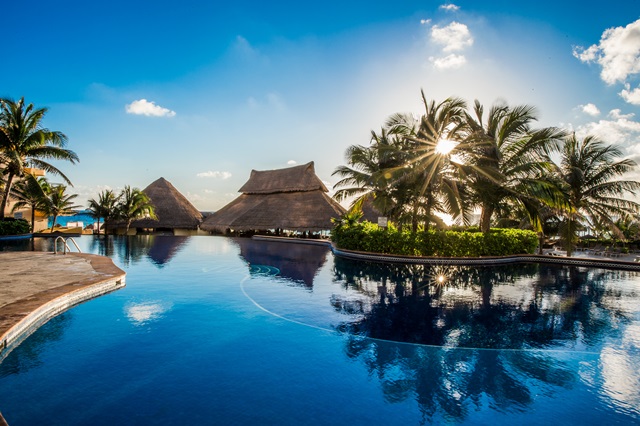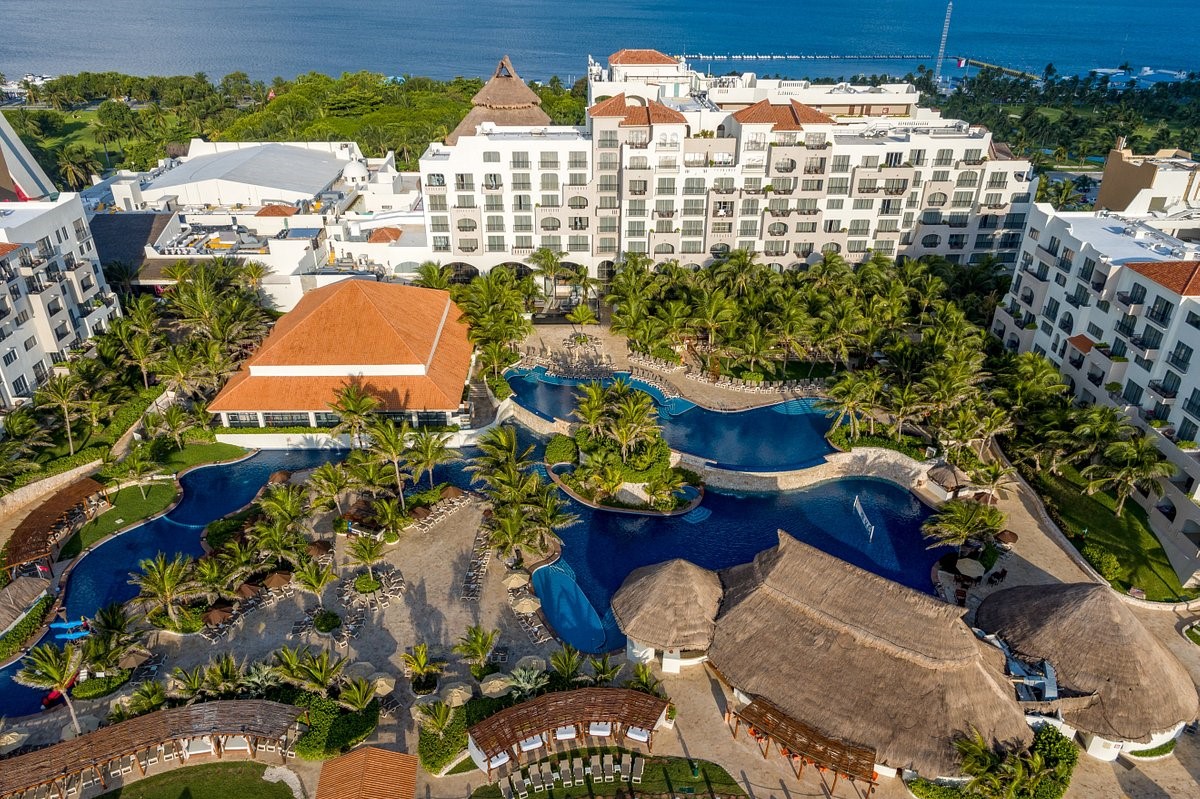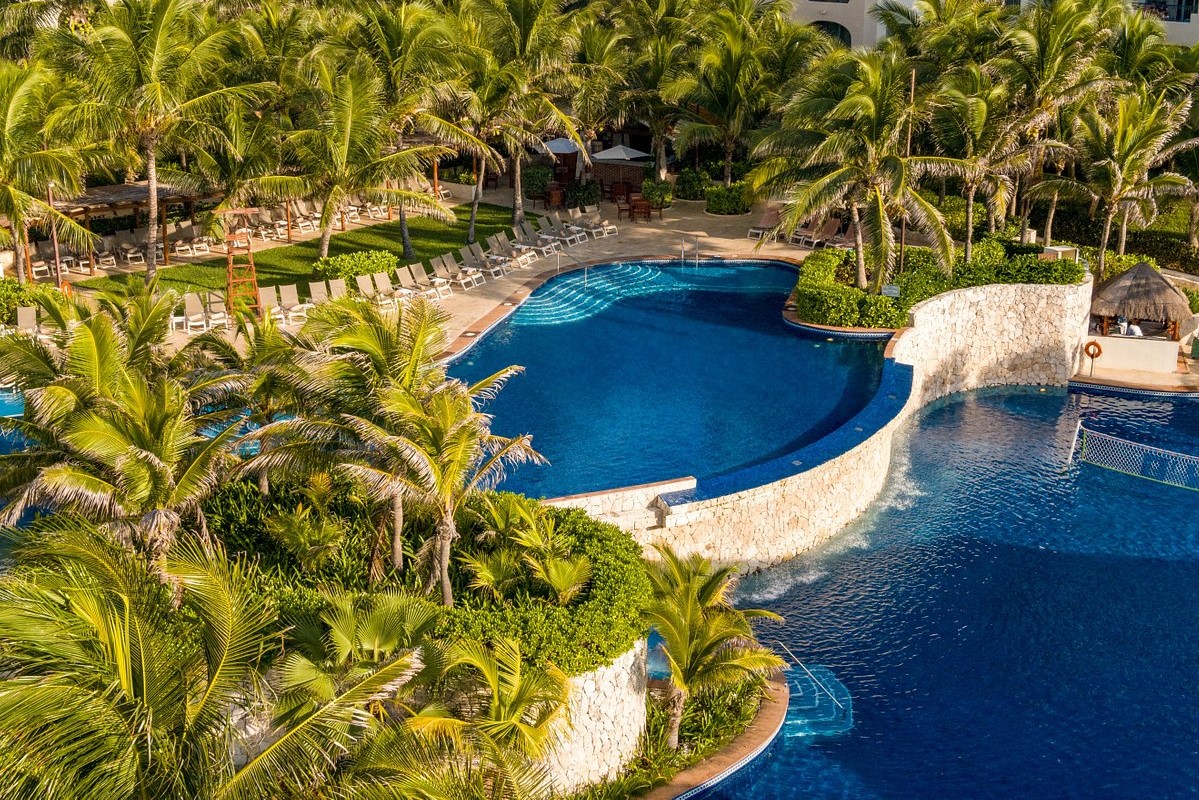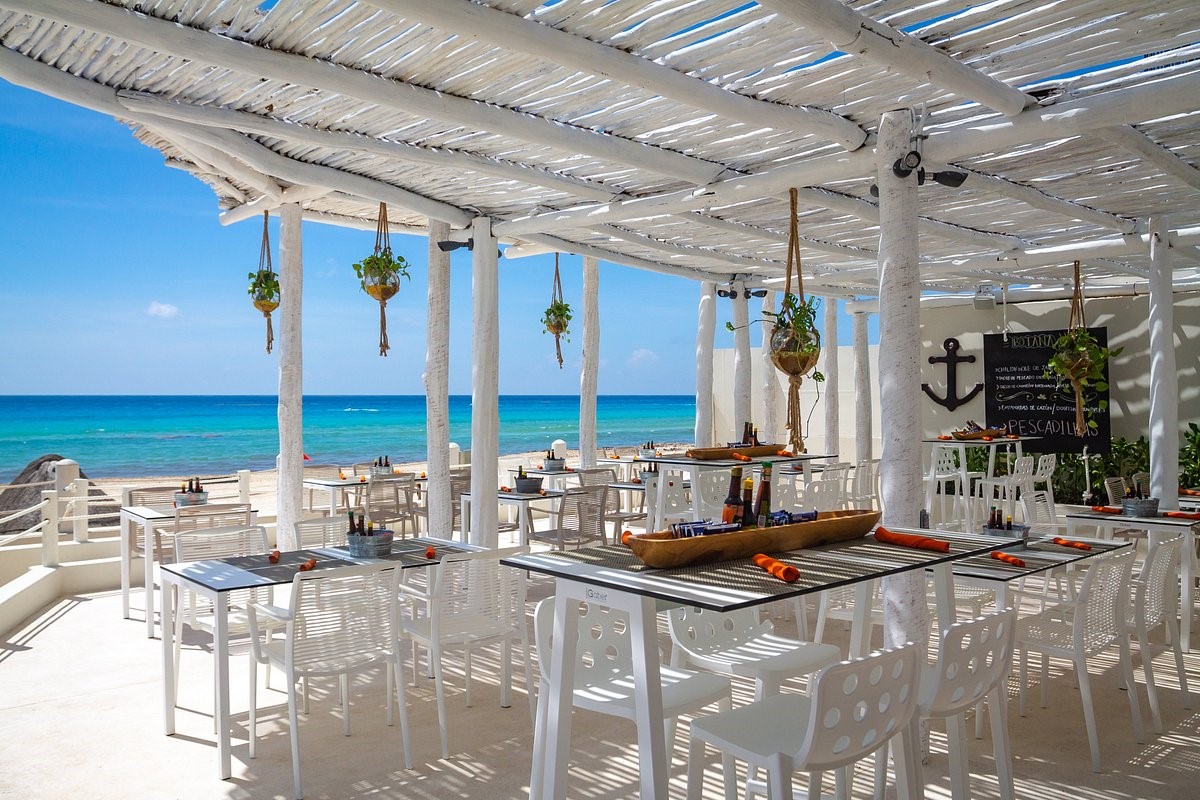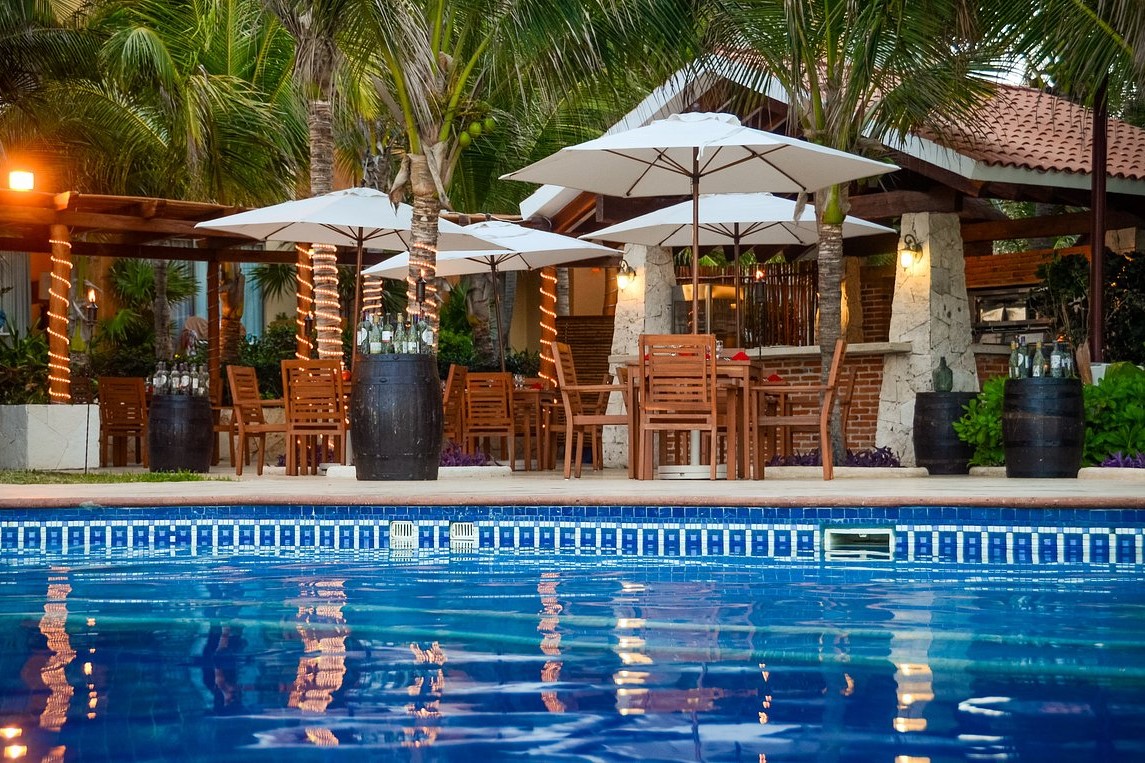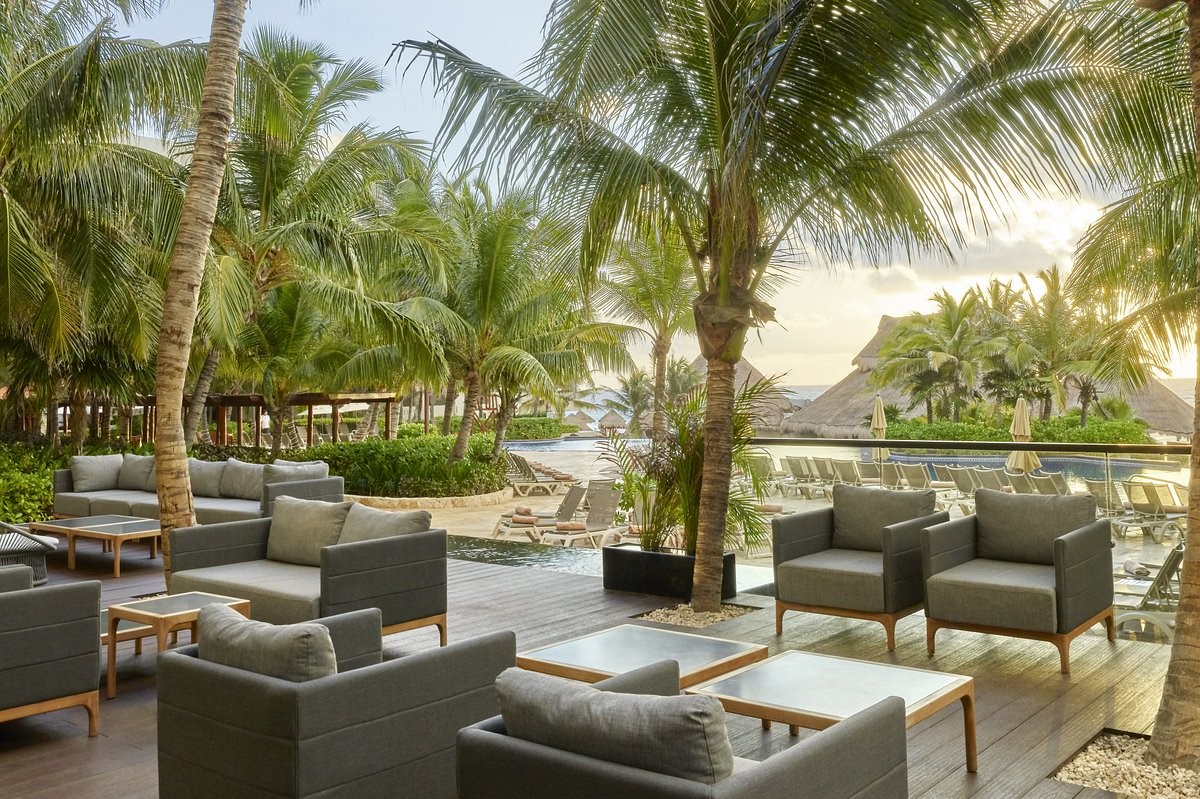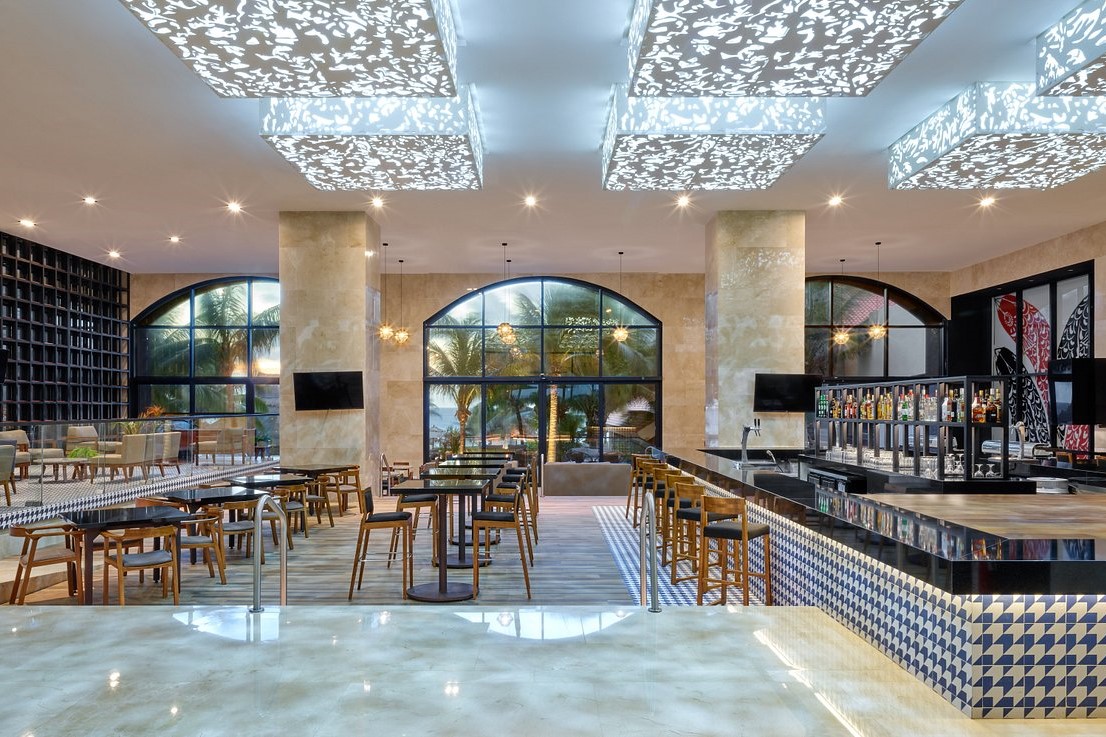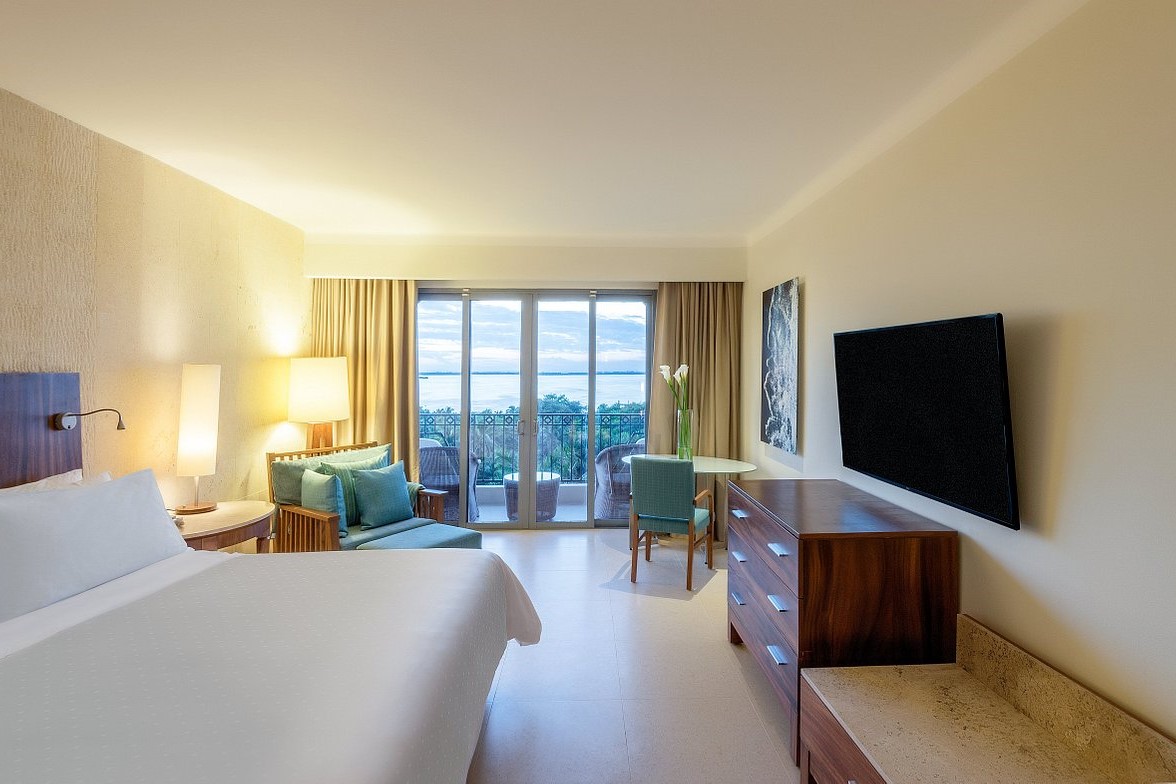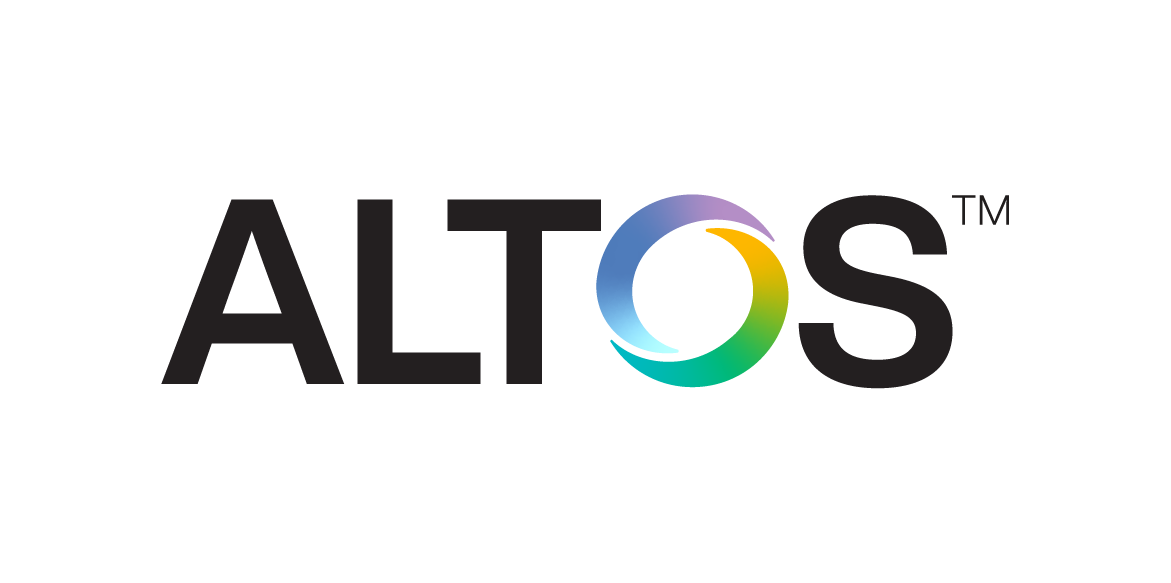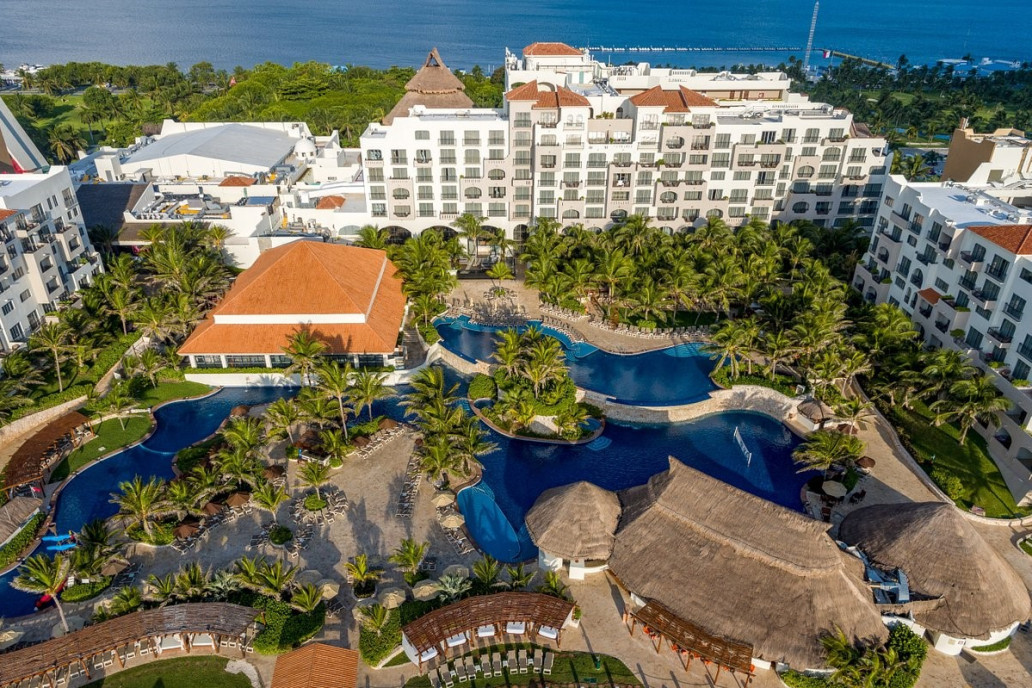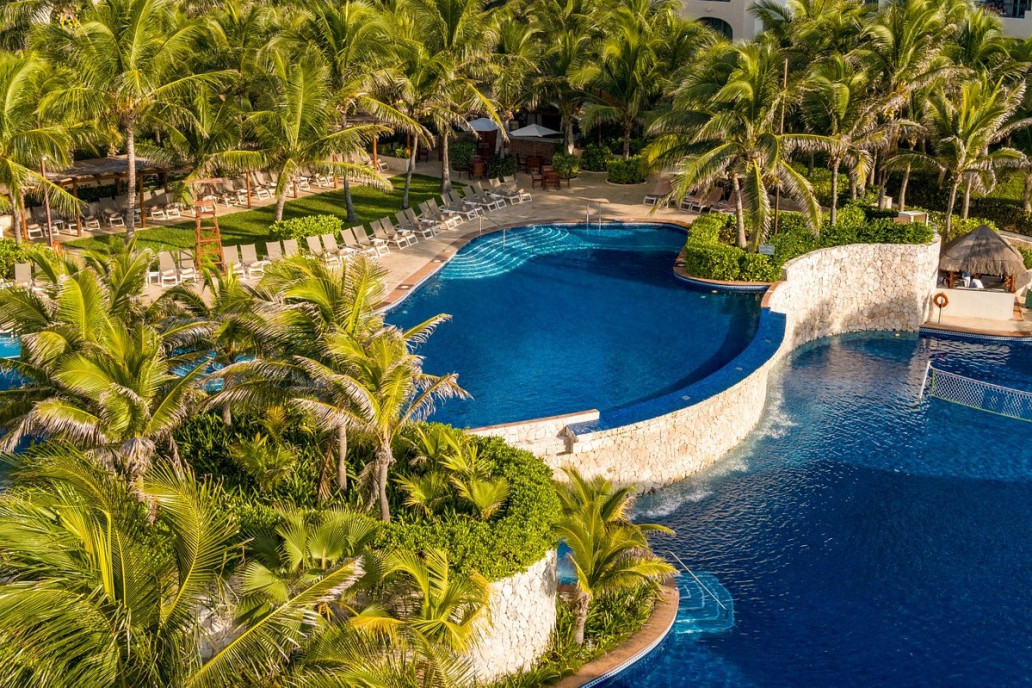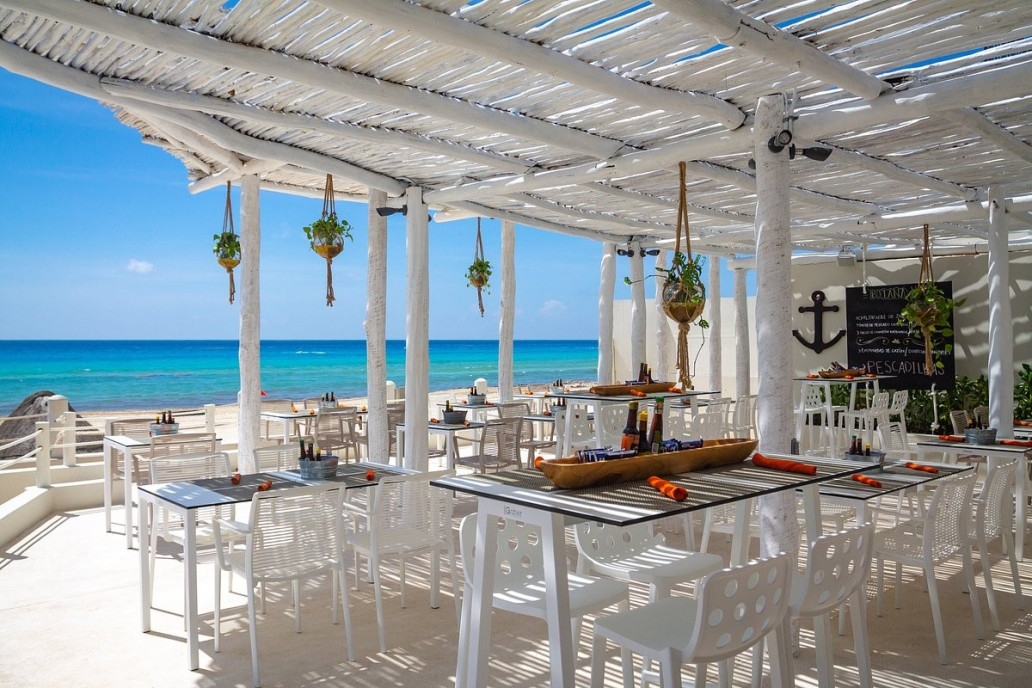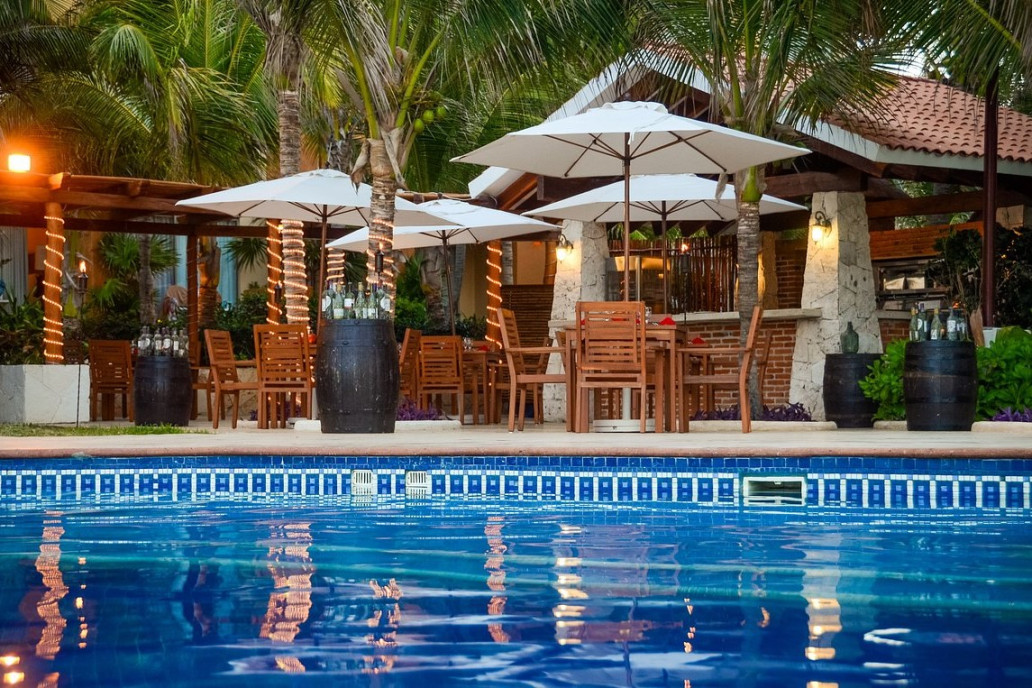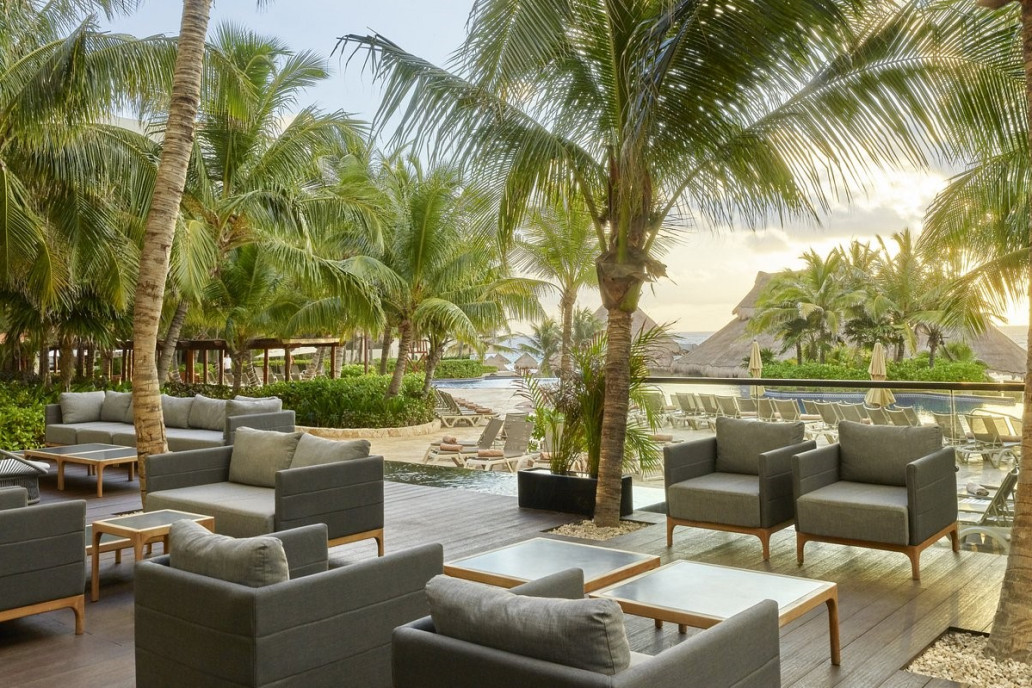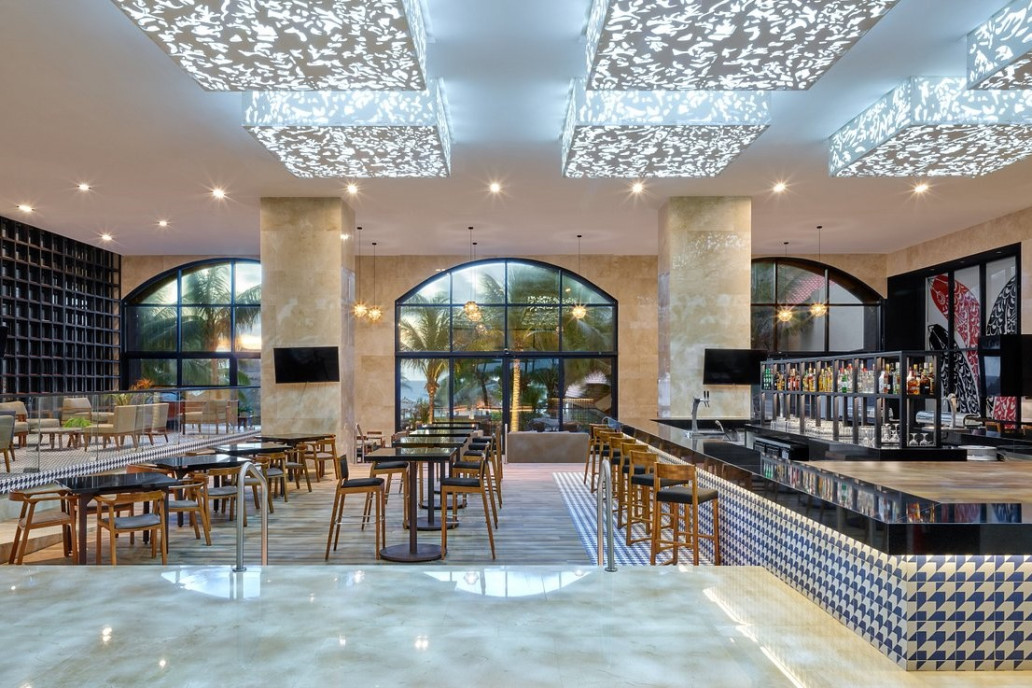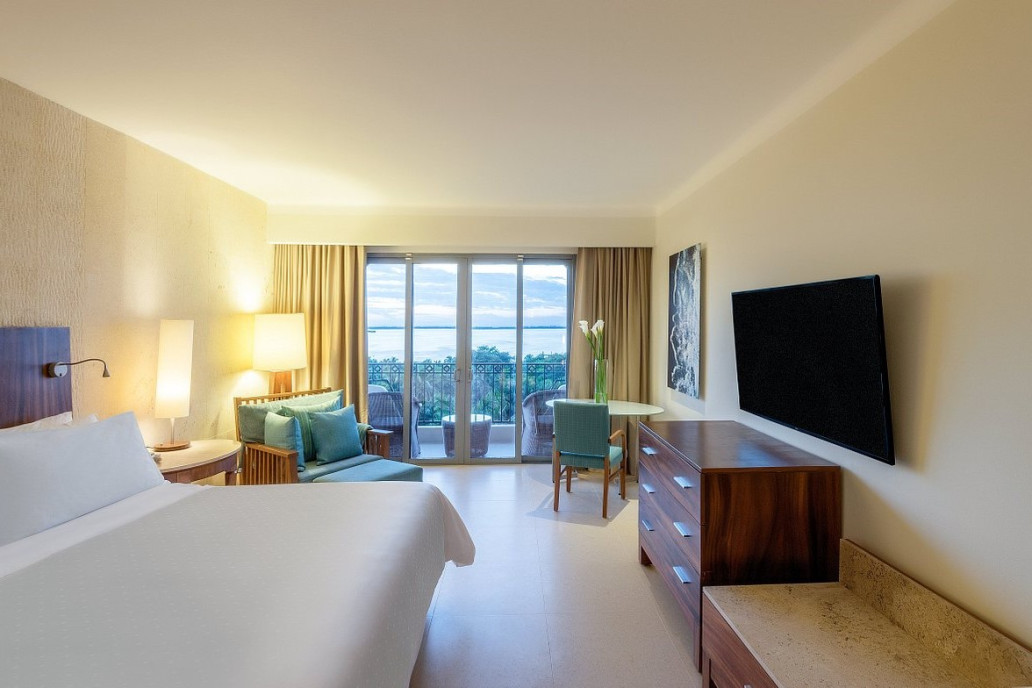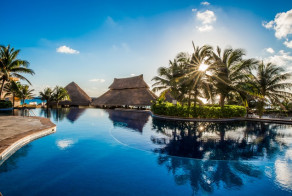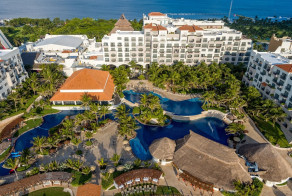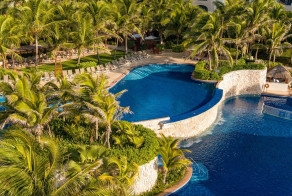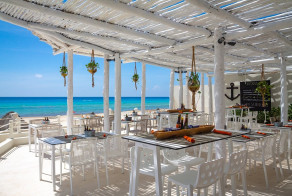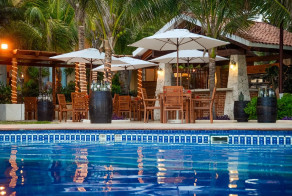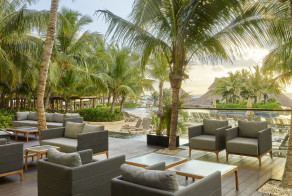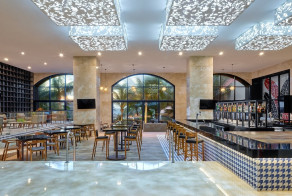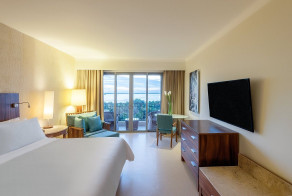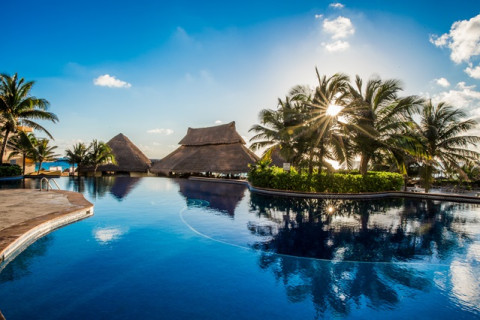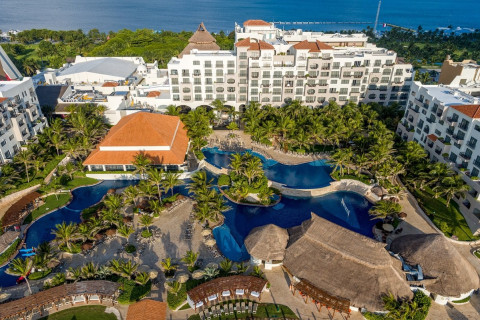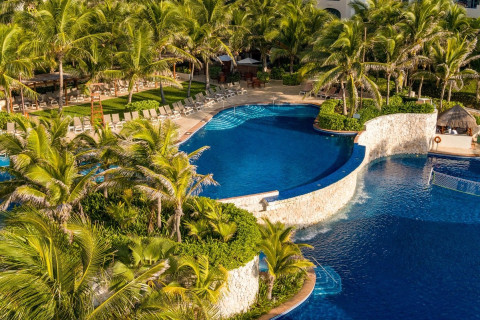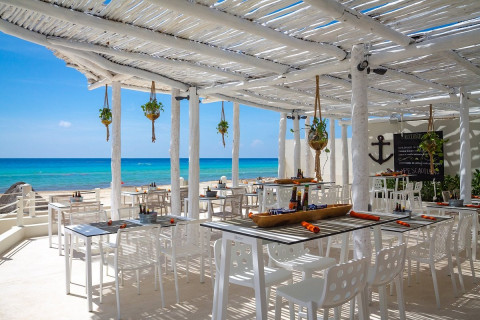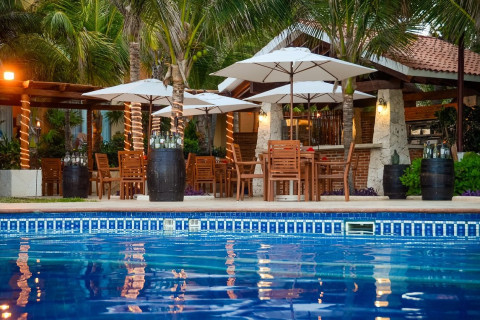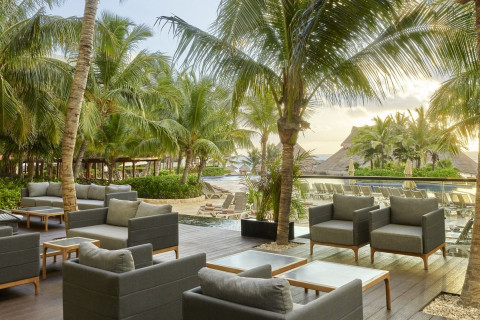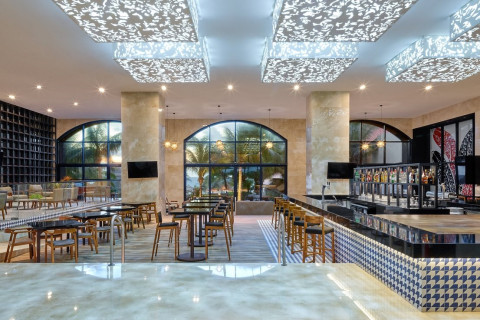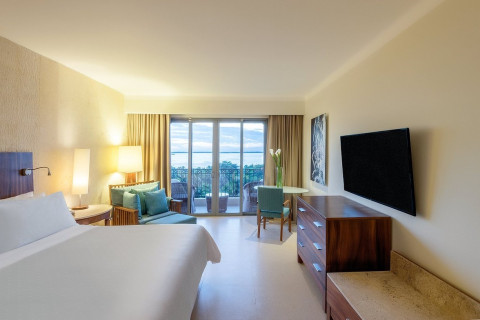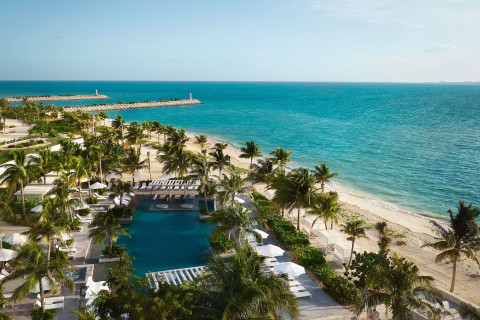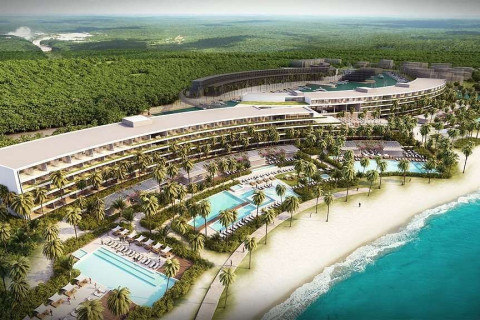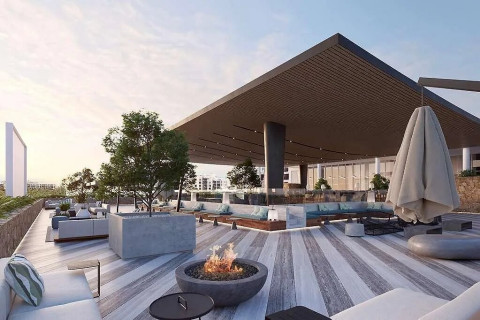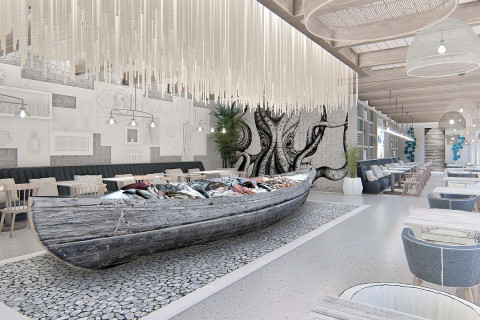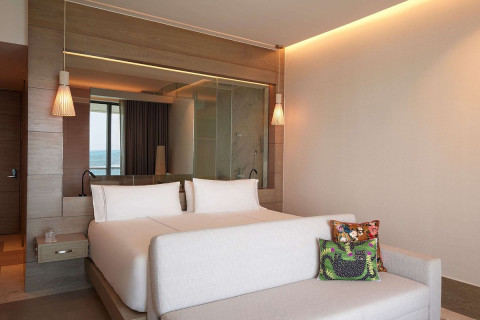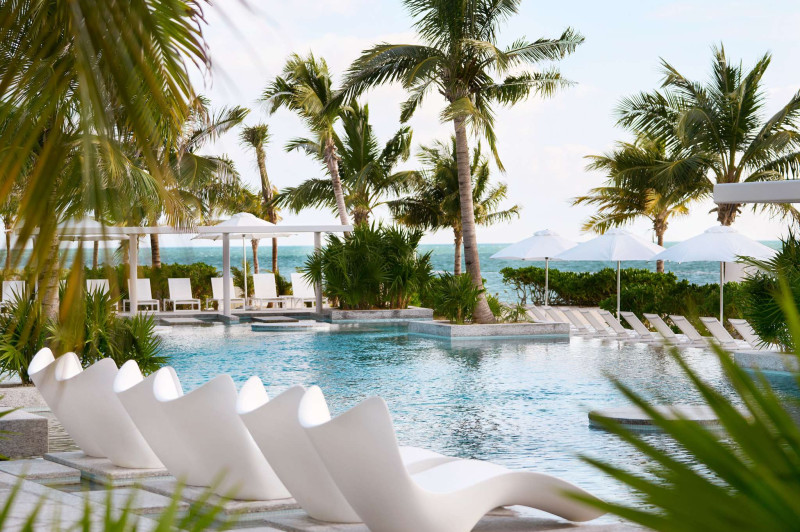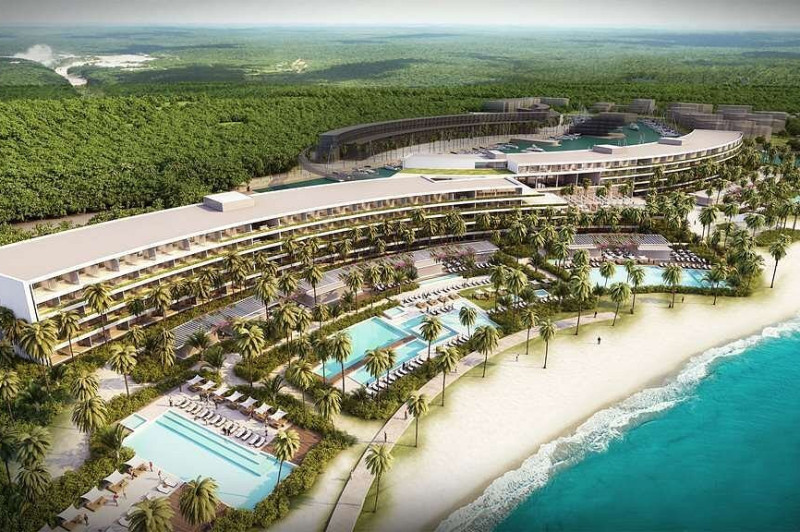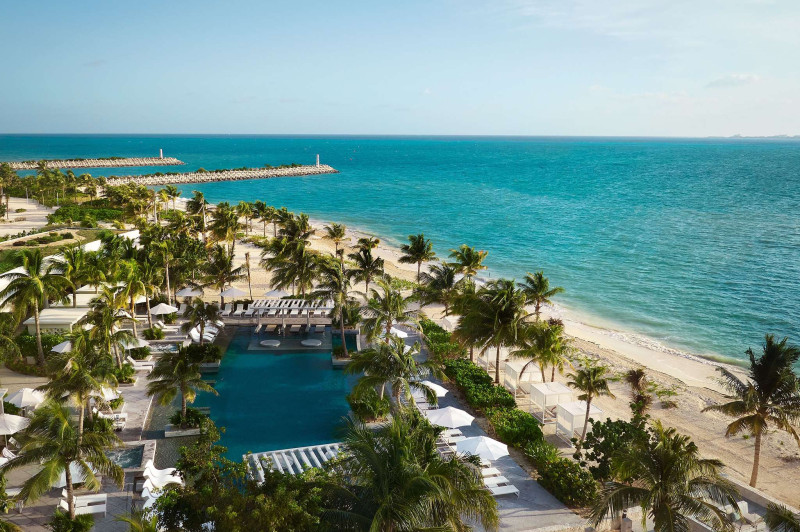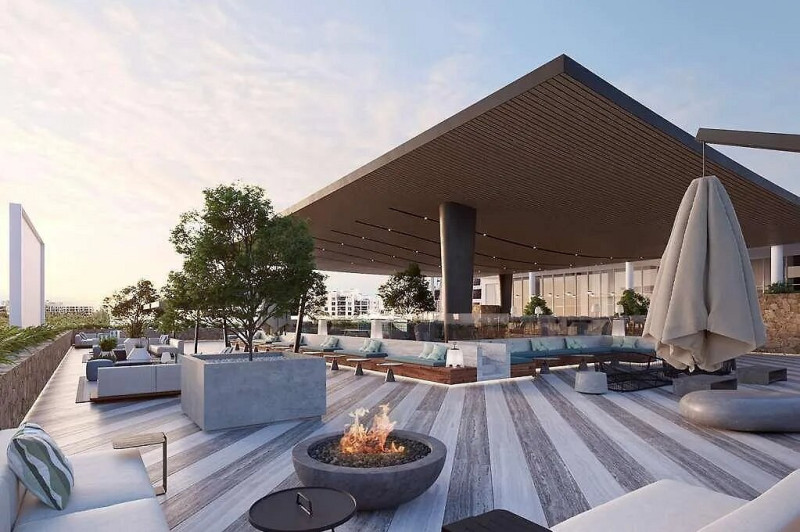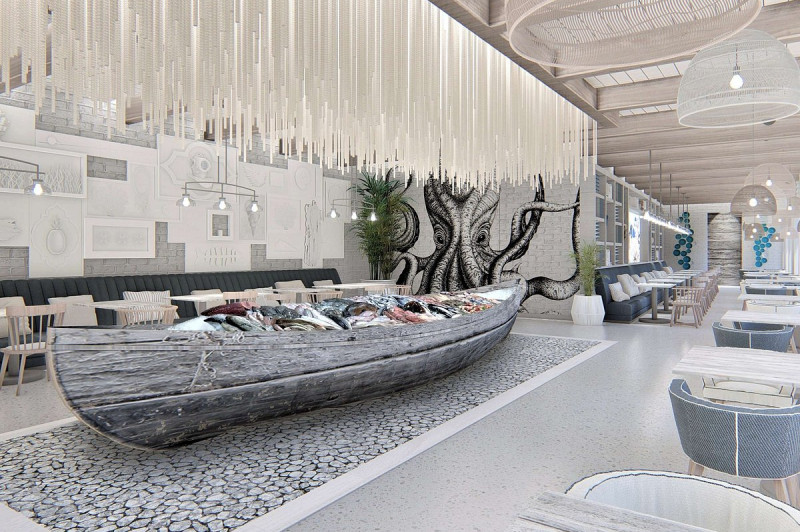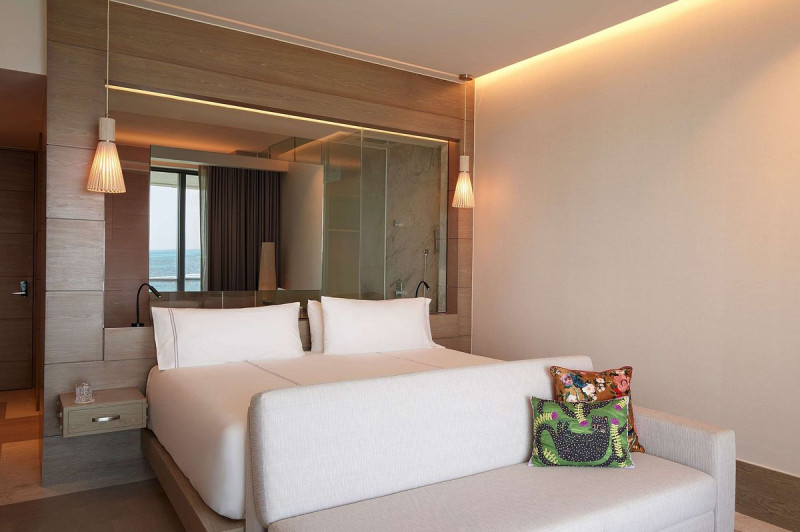- Home
- Past Conferences
- Membrane Contact Sites Conference
Membrane Contact Sites Conference
#MCS24
08 Feb - 11 Feb 2024
Cancun, Mexico
-
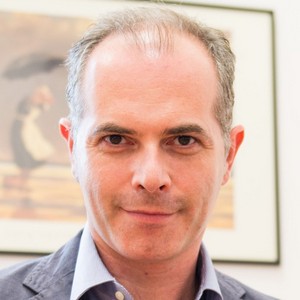
Luca Scorrano
University of Padua
-
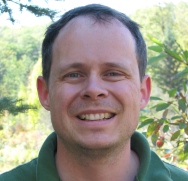
Thomas Simmen
University of Alberta
Early Bird - Expired • Talk Submission - Expired • Poster Submission - Expired • Registration & Payment Deadline - Expired
Report
The inaugural Fusion conference on ‘Membrane Contact Sites’ was held at the Fiesta Americana Condesa Cancun, Mexico, 08 – 11 Feb 2024. The meeting was attended by 52 registrants.
The research topic covered by this conference is the burgeoning area of cell biology that investigates the intracellular formation of contacts between organellar membranes. These membrane contacts had been dismissed as artifacts for a long time but research between 1990 and 2000 on lipid transfer between the endoplasmic reticulum (ER) and mitochondria, as well as the transfer of Ca2+ between these two organelles proved their existence and clear function(s). Since those early days, membrane contacts have been shown to exist between virtually any organelle, each with their distinct functions. The conference was initiated by the organizers to recognize this vast array of membrane contact types and their individual, wide-ranging significance for disease. The conference included presentations covering contacts between the ER, endosomes, lipid droplets, lysosomes, nucleus, and mitochondria. Speakers showcased the diverse functions of these contacts for neurons, liver, and muscle, using yeast, fly, zebrafish and human model systems and their role in cancer, neurodegeneration, liver disease and infection. Several speakers and poster presenters highlighted novel tools to visualize these contact sites. Remarkably, all the presentations showcased unpublished results, providing an excellent basis for the formal and informal scientific discussions that were held in the conference room as well as during the informal discussion time.
A special focus of the meeting was the inclusion of junior investigators, some of which will establish their labs later this year, but also of established researchers who have entered the field only recently. Poster and short talk prizes were sponsored by Fusion and the journal “Contact” (SAGE Publishing), which covers this topic. A review series on the conference is forthcoming this year and will be published by “Contact”. The conference featured 22 long talks and 11 short talks, each of outstanding quality. The poster session and all common dinners were very well attended and led to many new scientific collaborations.
A highlight of the meeting were of course the magnificent beach and pool facilities, which further promoted interaction between new and established researchers, as well as trainees in a non-formal environment. Everything was under the competent supervision of the Fusion conference team, and in particular Rosie Johnson the lead organiser. On the last evening, participants mingled on the beach dancefloor while being entertained by a highly skilled local band.
This meeting stands out from the other ones in the field because of its attention to newly established investigators and to the nascent areas of membrane contact sites biology that are less showcased in other meetings. We believe that these two aspects, combined with the relaxed environment that fosters scientific collaborations and discussions make this meeting unique and a must-attend for people in the field.
Due to this success, this conference will become a series under the guidance of Fusion, and we look forward to the next meeting in early 2026.
Thomas Simmen (University of Alberta) & Luca Scorrano (University of Padua)
Synopsis
The research field of interorganelle contacts is one of the most rapidly growing areas of modern cell biology. It is becoming clear that many, if not all, organelles form membrane contact sites (MCS) with other components of the cell. The term ‘MCS’ broadly describes a physical interaction between two organelles, occurring at specialized subdomains of the given organelle and involved in multiple facets of the biology of the two organelles that are juxtaposed. MCS discovery forced cell biologists to reconsider the way organelles are studied, introducing the concept that heterotypic organelle interaction allows functions that individual organelles would otherwise be unable to perform and forcing them to think in terms of compartmentalized metabolism and signaling.
Key Sessions
- Tools to study MCS: from imaging to omics
- MCS components and regulators
- Transfer of second messengers at MCS
- Compartmentalized biochemical reactions at MCS
- MCS in organelle biology
- MCS in cell signalling
- MCS in disease
Student Offer
Take advantage of this fantastic opportunity for students! Fully paying 'single' or 'shared' registrants can bring a student for only $960. Unfortunately, Postdocs are not eligible. Both registration packages include; accommodation for the 08, 09, 10 Feb 2024 (on a shared basis for students) and an all-inclusive food and beverage package for the conference period. Once registered, please contact Rosie to obtain a special registration link for your student.
Confirmed Invited Speakers
Iannis Aifantis (NYU School of Medicine)
MITOCHONDRIAL ADAPTATIONS AS A MECHANISM OF CANCER DRUG RESISTANCE
Fabien Alpy (Institut de Génétique et de Biologie Moléculaire et Cellulaire Strasbourg)
REGULATION OF INTER-ORGANELLE CONTACTS BY PHOSPHORYLATION
Ilana Berlin (Leiden University Medical Center)
ER-ENDOSOME MEMBRANE CONTACT SITES AS GUARDIANS OF ORGANELLE HOMEOSTASIS AND DYNAMICS
Ivan Bogeski (University of Göttingen)
CALCIUM AND REDOX SIGNALS AT ORGANELLAR INTERFACES GOVERN CANCER CELL PATHOBIOLOGY
Maria Bohnert (University of Münster)
ROLES OF THE LIPID DROPLET ORGANIZATION (LDO) MACHINERY IN ORGANELLE INTERPLAY
Sabrina Büttner (Stockholm University)
TETHERING LIPID DROPLETS TO THE VACUOLE TO PROMOTE LIPOPHAGY
Michelangelo Campanella (Queen Mary University of London)
FORM AND FUNCTION OF THE NUCLEUS ASSOCIATED MITOCHONDRIA (NAM)
Francesco Cecconi (Danish Cancer Institute)
ADSL AT THE CORE OF PURINOSOME/MITOCHONDRIA CONTACT SITES
Elizabeth Conibear (University of British Columbia)
TARGETING YEAST BRIDGE-LIKE LIPID TRANSFER PROTEINS TO MEMBRANE CONTACT SITES
Isabelle Derré (University of Virginia)
MEMBRANE CONTACT SITES AND CHLAMYDIA INFECTIONS
Sabrina Diano (Columbia University)
LIPIDS METABOLISM DRIVES AgRP NEURONS AND FEEDING
Ginny Farias (Utrecht University)
COMPLEX INTERACTIONS BETWEEN THE ER AND DIFFERENT CELLULAR COMPONENTS IN NEURONAL POLARITY
Gyorgy Hajnoczky (Thomas Jefferson University)
IP3 RECEPTOR TETHERING OF ER TO THE MITOCHONDRIA
Angelika Harbauer (Max Planck Institute for Biological Intelligence)
LOCAL TRANSLATION AT ORGANELLAR CONTACT SITES IN NEURONS
Melina Heuzè (Institut Jacques Monod)
THE ER TETHER VAPA IS REQUIRED FOR PROPER CELL MOTILITY AND ANCHORS ER-PM CONTACT SITES TO FOCAL ADHESIONS
Andrew Kowalczyk (Penn State University)
INTERCELLULAR JUNCTIONS: ORGANIZERS OF ENDOPLASMIC RETICULUM MORPHOLOGY AND DYNAMICS
Giovanna Mallucci (Altos Labs)
PERK-ATAD3A INTERACTION PROVIDES SUBCELLULAR SAFE HAVEN FOR MITOCHONDRIAL PROTEIN SYNTHESIS DURING ER STRESS
Christopher Obara (Howard Hughes Medical Institute)
MOTION OF VAPB MOLECULES REVEALS ER-MITOCHONDRIA CONTACT SITE SUBDOMAINS
Luca Pellegrini (University of Ottawa)
William Prinz (UT Southwestern Medical Center)
FUNCTIONS OF BRIDGE-LIKE LIPID TRANSFER PROTEIN (BLTPS) IN MEMBRANE HOMEOSTASIS AND CELL PROLIFERATION
Anne Spang (University of Basel)
SMALL GTP BINDING PROTEINS AS REGULATORS OF MEMBRANE CONTACT SITES
Target Audience
Cell biologists from academia. Industry interested in MCS as a drug space. The conference aims at being useful from students to faculty to staff scientists. No prior knowledge is required.
Educational Need
The objective of this meeting is to bring together the scientific community interested in MCS.
The identification of how to study MCS, of their role in metabolism, biology of the involved organelles, signalling and disease will shed new light on the role of MCS in cell pathophysiology.
This meeting aims at bringing the audience up to date on:
- The tools and methods to study MCS;
- The composition of MCS
- The role of MCS in biology
- The potential of MCS as a novel space in drug identification for rare and common diseases
Confirmed Speakers
Chairs

Luca Scorrano
University of Padua

Thomas Simmen
University of Alberta
Invited Speakers
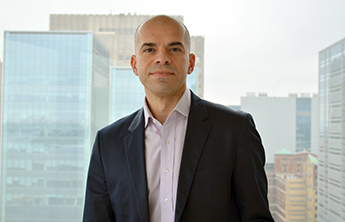
Iannis Aifantis
NYU School of Medicine
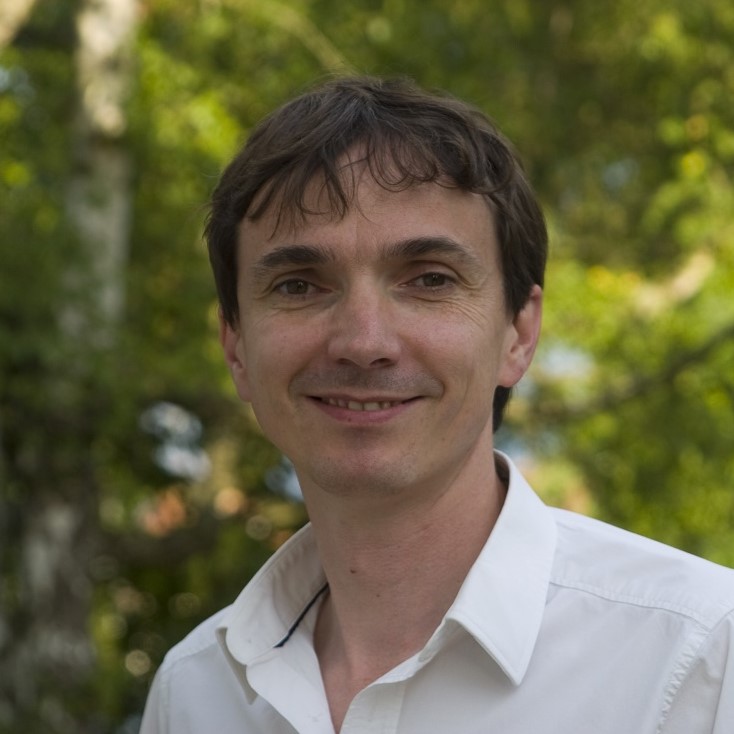
Fabien Alpy
Institut de Génétique et de Biologie Moléculaire et Cellulaire Strasbourg
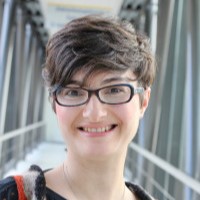
Ilana Berlin
Leiden University Medical Center
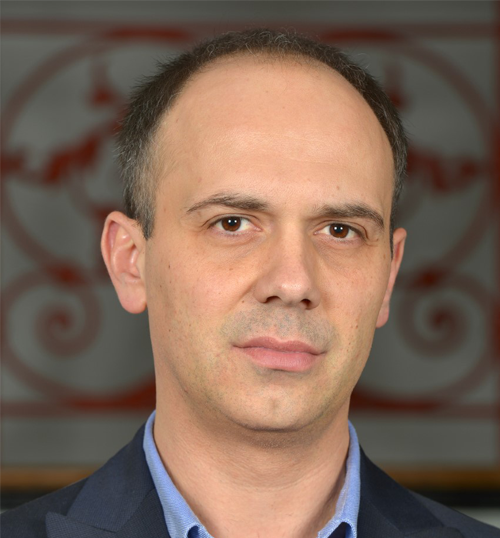
Ivan Bogeski
University of Göttingen
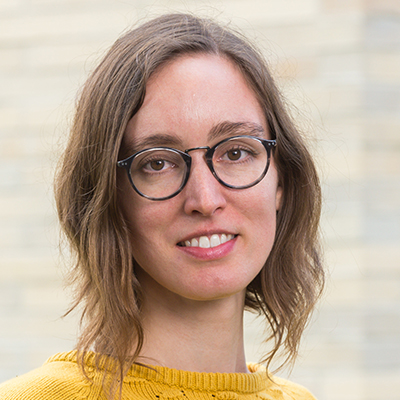
Maria Bohnert
University of Münster
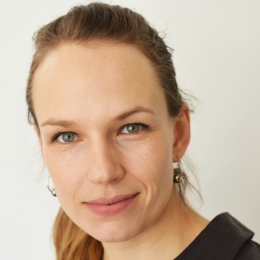
Sabrina Büttner
Stockholm University
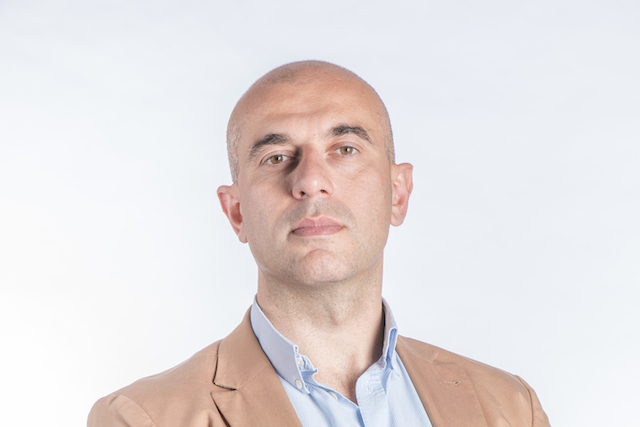
Michelangelo Campanella
Queen Mary University of London
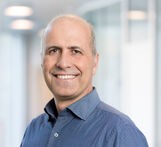
Francesco Cecconi
Danish Cancer Institute
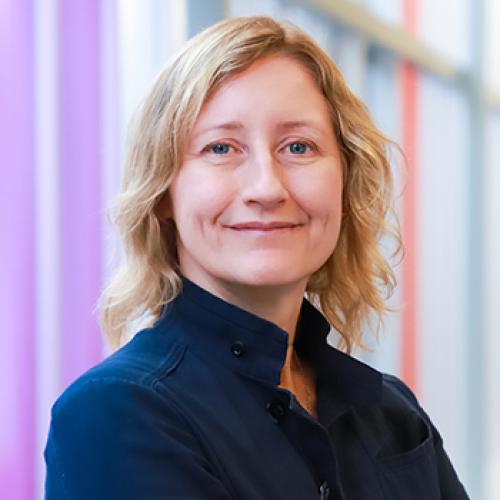
Elizabeth Conibear
University of British Columbia
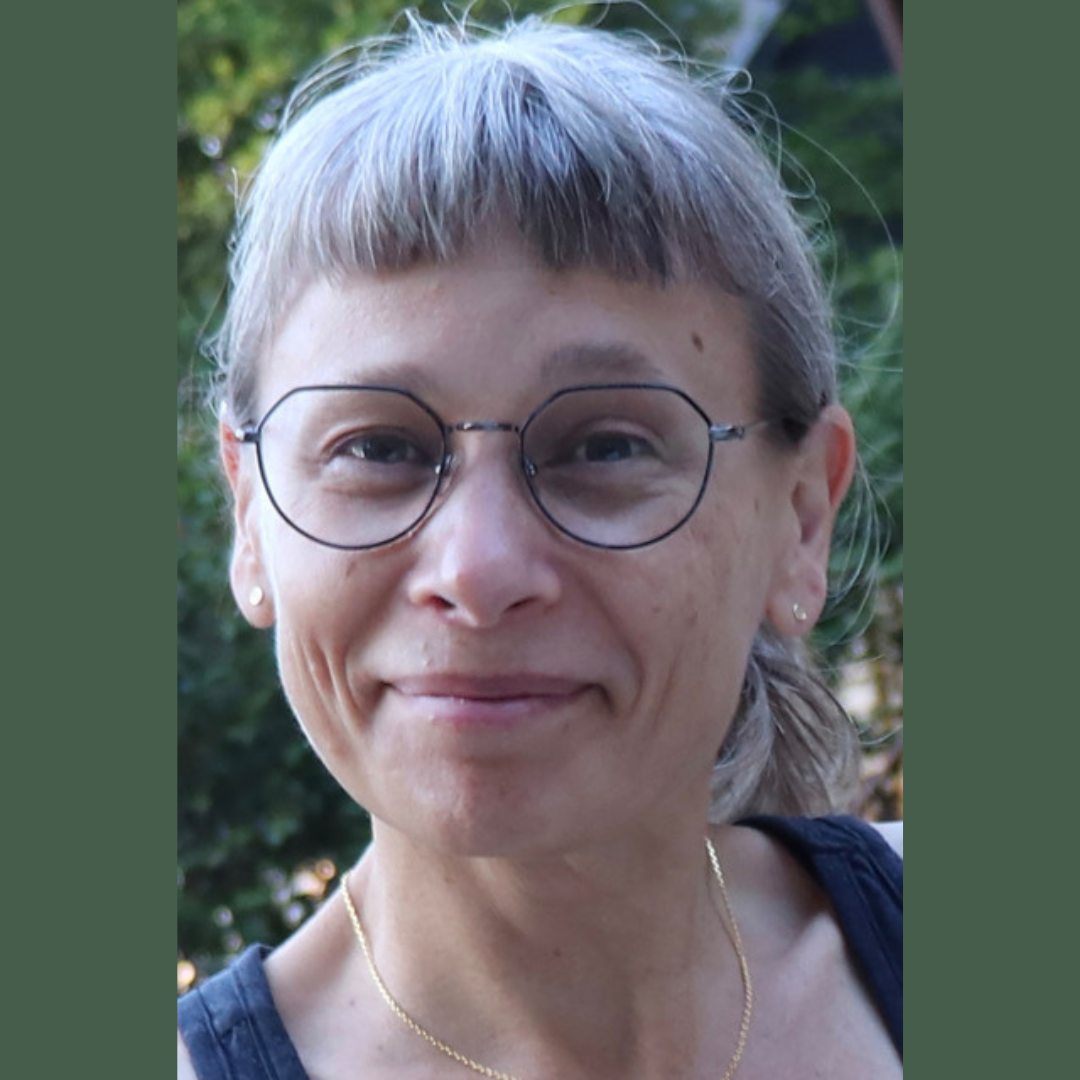
Isabelle Derre
University of Virginia
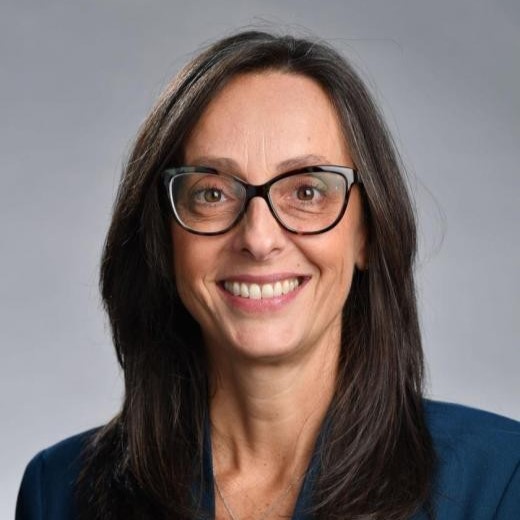
Sabrina Diano
Columbia University
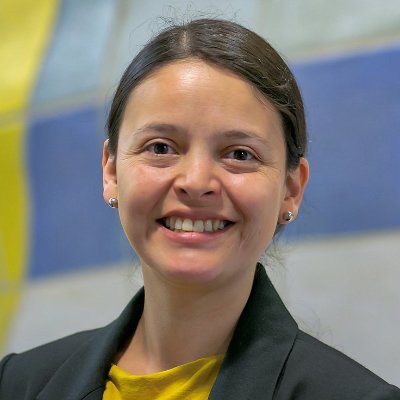
Ginny Farias
Utrecht University
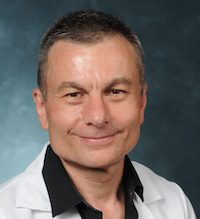
Gyorgy Hajnoczky
Thomas Jefferson University
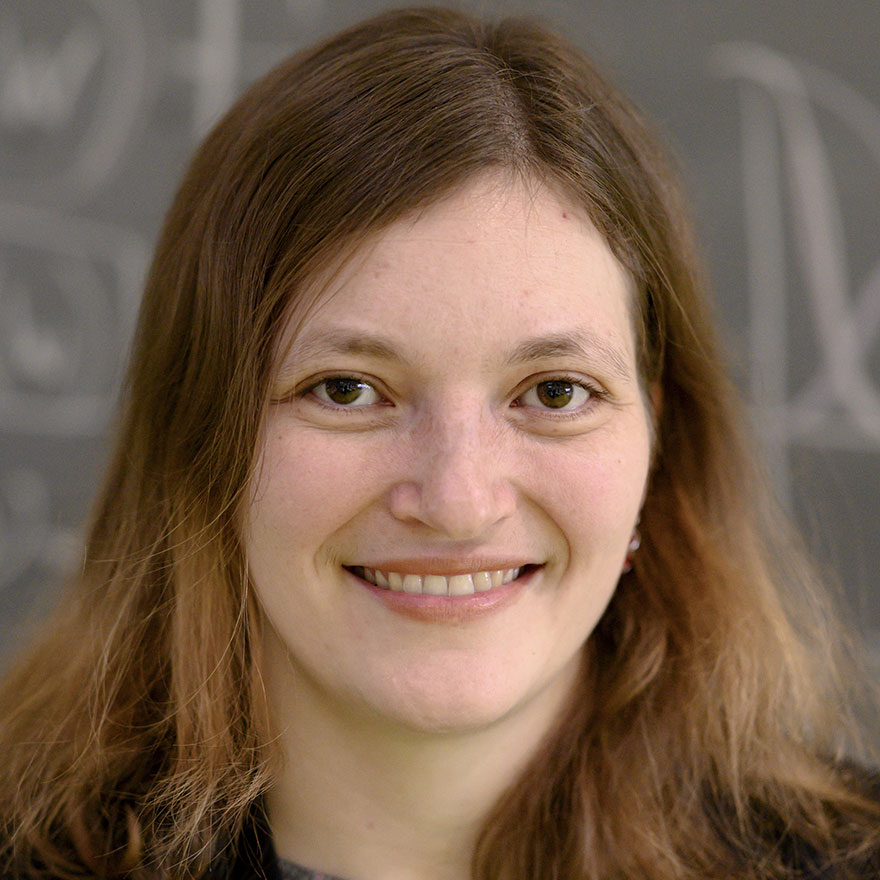
Angelika Harbauer
Max Planck Institute for Biological Intelligence
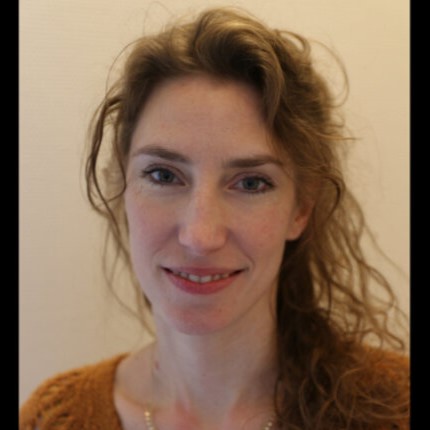
Melina Heuzè
Institut Jacques Monod
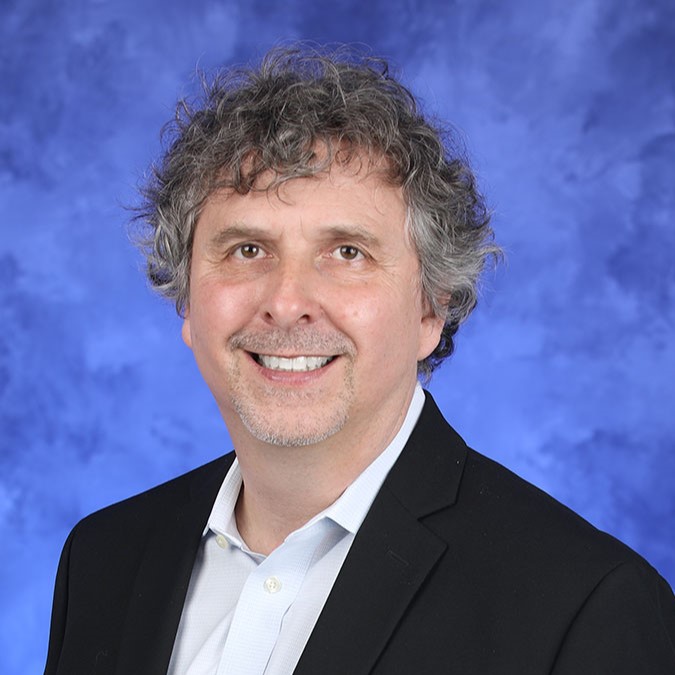
Andrew Kowalczyk
Penn State University
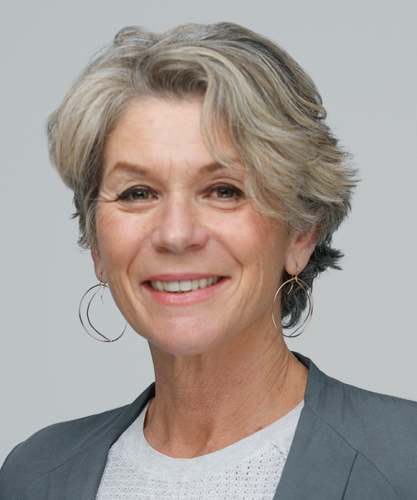
Giovanna Mallucci
Altos Lab
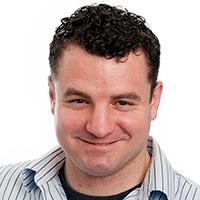
Christopher Obara
Howard Hughes Medical Institute
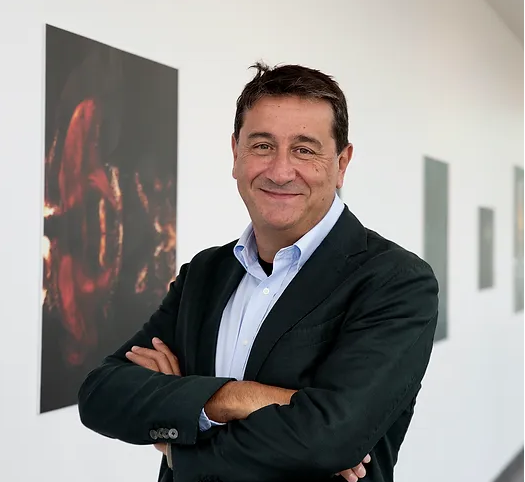
Luca Pellegrini
University of Ottawa
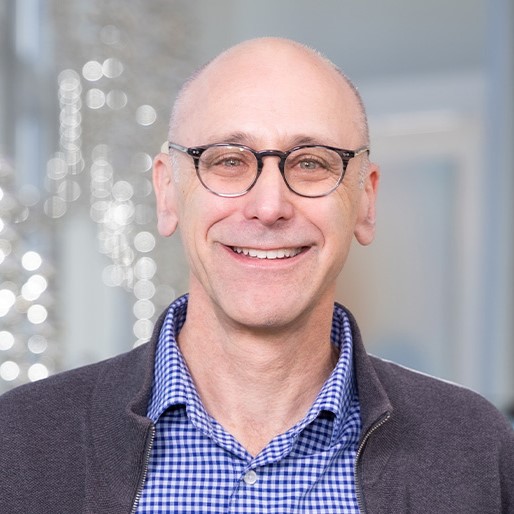
William Prinz
UT Southwestern Medical Center
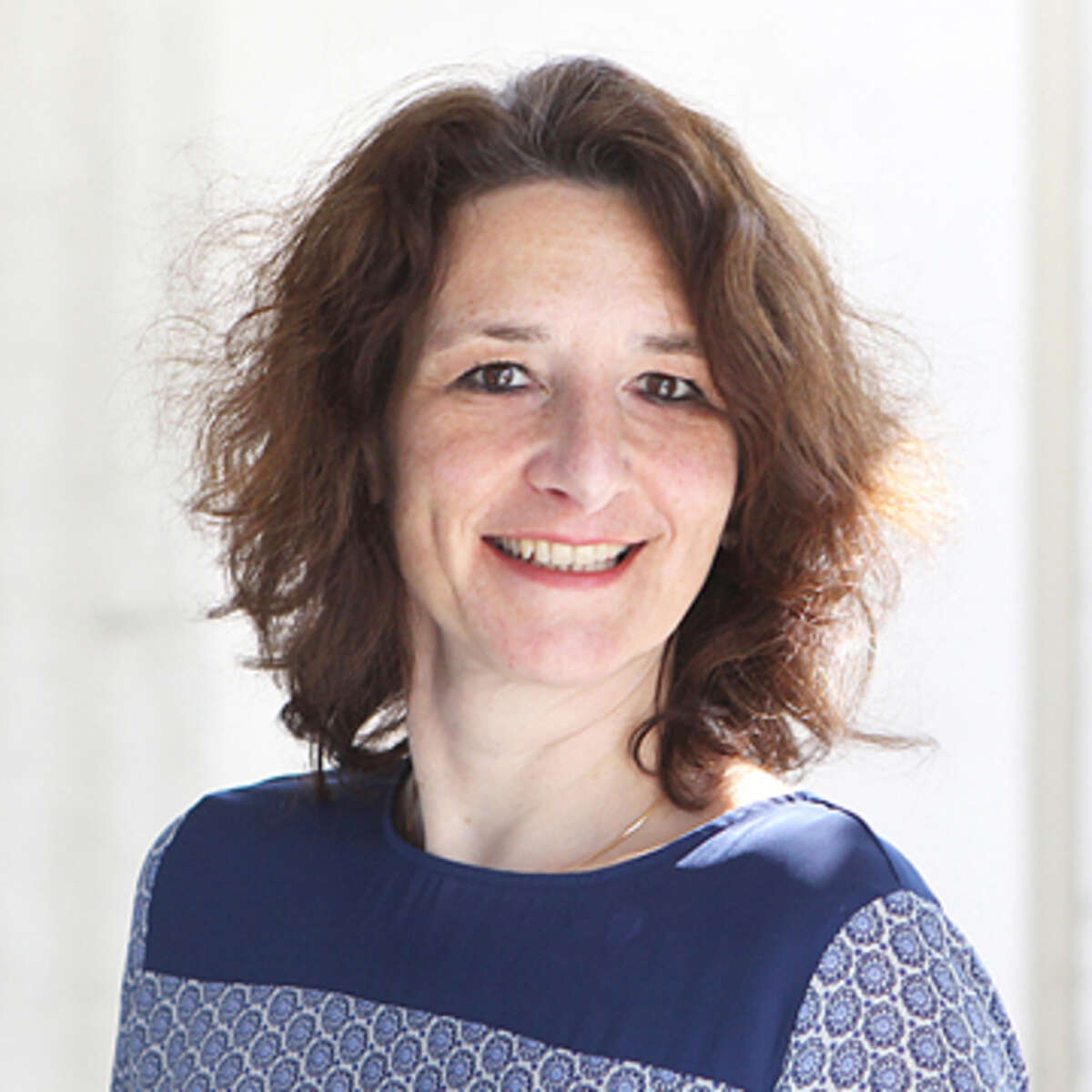
Anne Spang
University of Basel
Programme
Grants
Please see below opportunties for financial support for students, short talk, and poster presenters. If you have any questions, please reach out to the Conference Manager, Rosie Johnson.
Early Career Researcher Short Talk & Poster Grants
We have set aside several $600 grants to support short talk and poster presenters. To be considered, please email Rosie with an abstract for poster or short talk consideration, and a short statement as to why you would benefit from attending.
Applications are now closed.
Childcare Support Grants
We have also allocated some funds towards childcare support. This is available for those with young children who may not otherwise be able to attend. To find out more information, please email rosie@fusion-conferences.com.
Supported by
Interested in sponsoring this conference?
Contact usVenue & Location
Fiesta Americana Condesa Cancun All Inclusive
This stylish hotel features contemporary Mexican architecture, including one of the largest and most impressive thatched-roof "palapas" in the entire country. There are cultural activities, arts and crafts and sports programs to keep you constantly entertained, plus time to relax and enjoy the Mayan culture, soak up the Caribbean sunshine and revel in the international ambiance that settles in after the sun goes down.
Throughout your stay delegates will enjoy a full meal plan, inclusive of beverages. Take your pick from the aromatic Asian delights at Kaumbu, traditional fare at El Mexicano, delicious international cuisine at Kalmia Buffet or perhaps sample the sumptuous Italian dishes at Rosato. There are also several other dining opportunities such as the Cevichería, Pizzeria, Sushi Corner, pool and lounge bar areas. The Gala Night with either a Mayan or Caribbean theme takes place on the third evening of the conference with a mouth-watering feast of local cuisine, an open bar and amazing local entertainment. We welcome all delegates and their accompanying persons to the Gala Night – a truly fun filled night not to be missed!
Hotel facilities include a lagoon pool, gym, spa, complimentary WIFI throughout the hotel, convenince store, kids club, room service, laundry services (with extra charge) and beach.
General Information
Venue Rating
★ ★ ★ ★ ★
Currency
US Dollar (USD)
Address
Fiesta Americana Condesa Cancún All Inclusive Blvd. Kukulcan km 16.5 Zona Hotelera 77500 Cancun Q.R. Mexico
Nearest Airport
Cancun International Airport
Location
Cancun is a delightful combination of natural beauty, islands, ecological reserves and white sandy beaches. However, besides sun, sand and sea, this destination also offers an infinite variety of underwater activities to choose from: the diving, snorkelling and fishing here are outstanding and you will find an undersea world packed with tropical fish that live on the second largest barrier reef in the world. Sports enthusiasts might choose one of the many eco-tourism activities, such as cycling or hiking through the tropical forest or kayaking through mangroves, or something a little more adventuresome, like zip lining through the treetops.
Apart from the more well-known ancient Mayan archealogical sites such as Tulum, Cobá and Chichén Itzá you may like to visit the Aktun Chen caverns, voted one of the Top 10 underwater walks by National Geographic described as a truly magical experience.
Gallery
If you are interested in this meeting but not yet ready to register, you can sign up for updates here and our team will keep you updated regarding deadline reminders and grant opportunities relating to this meeting only.
If you're interested in sponsoring this conference please contact us.
Conference Manager

Rosie Johnson
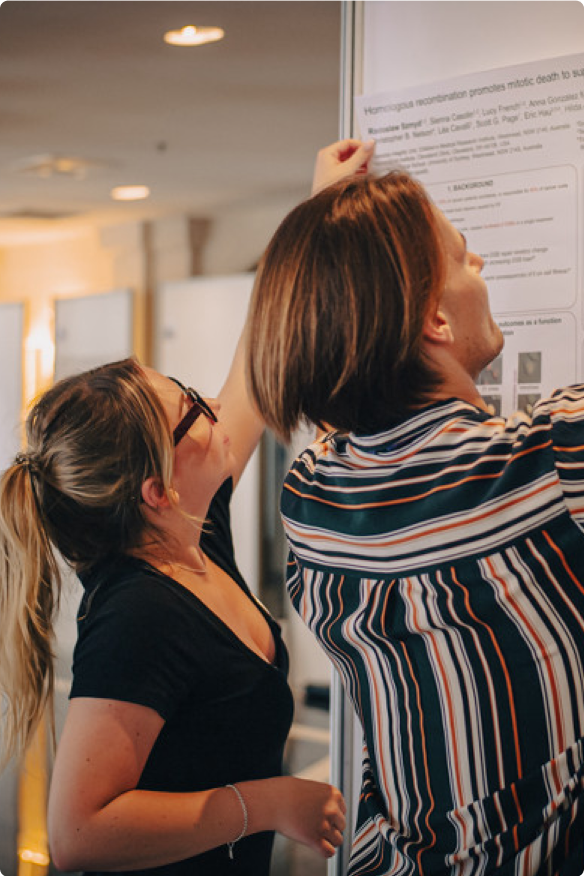

Need some help? Chat to the Fusion team today
As a family run business, our dedication runs deep. We’re committed to each other and, even more so, to every attendee’s experience, delivering a level of care and passion that’s truly unmatched.
